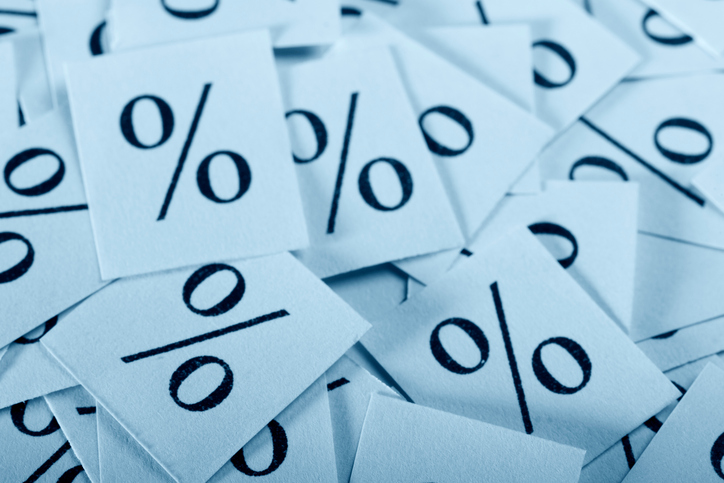 Compared to traditional cataract surgery, laser-assisted cataract surgery results in more consistent and reliable corneal incisions and more precise capsulorhexis. Surgeons are also able to remove the lens with significantly less phacoemulsification power, limiting the amount of dangerous ultrasound exposure to the eye.
Compared to traditional cataract surgery, laser-assisted cataract surgery results in more consistent and reliable corneal incisions and more precise capsulorhexis. Surgeons are also able to remove the lens with significantly less phacoemulsification power, limiting the amount of dangerous ultrasound exposure to the eye.
Unfortunately, the laser comes at a considerable price tag. Acquiring a femtosecond laser can cost anywhere from 300,000 to 400,000 dollars. Maintenance costs, staff salaries, equipment insurance and the dreaded “per-click” fee can lead to an additional 100,000 dollars spent each year.
One way to determine whether offering LACS to your patients is financially feasible is by calculating your expected conversion rate. In other words, what percentage of your patients will choose LACS over traditional cataract surgery? Surgeons who provide laser-assisted cataract surgery to a large number of patients may find that the laser practically pays for itself, whereas surgeons with lower conversion rates might struggle to maintain a profit.
Predicting this conversion rate, however, can be tricky. According to an article in Ophthalmology Times, only 22 to 23 percent of patients will choose laser-assisted cataract surgery when given the option.1 Other predictions are more generous: the SM2 Strategic Survey found that the peak conversion rate tended to be around 30 percent, 2 whereas one article estimated that the conversion rate was around 70 percent. 3
How can you guarantee that you’ll have enough patients to make the femtosecond laser financially feasible?
- Do the math. Before adding a laser to your practice or ASC, calculate how many patients you’ll need to treat each month to break even. Here at Sightpath, we’ve calculated that to afford a 375,000-dollar laser and its associated maintenance, doctors must perform at least 23 procedures each month over the course of six years.
- Have a large patient base. If your patient base is large enough, even a small conversion rate may be enough to make owning the laser worthwhile.
- Believe in the laser. If you’re a LACS skeptic, your patients will know. Physicians who are enthusiastic about laser-assisted cataract surgery tend to do a better job convincing their patients to convert.
- Don’t skimp on marketing. Most patients don’t know the first thing about cataract surgery, laser-assisted or otherwise. Maintaining an active presence on social media and releasing informative, engaging marketing materials such as brochures or posters is an excellent way to encourage patients to pursue LACS.
Determining your ideal conversion rate is just the first step in introducing LACS to your ASC or hospital. We believe, however, that the end results are worthwhile. The precision that comes from using the femtosecond laser is hard to beat – provided you can afford it.
If you want to begin offering LACS but don’t believe you’ll have a high enough conversion rate, you may want to consider a variable-access provider. Sightpath Medical provides opportunities to access top-of-the-line equipment as well as work with expert engineers and technologists, making it possible to provide LACS without committing to costs of ownership.
Learn more about our Mobile Femtosecond (MoFe) service for laser-assisted cataract surgery here.
-
Charters L. Pearls for adding femtosecond laser to practice. Ophthalmology Times. August 2013.
-
Michael L. Femtosecond Laser Cataract Surgery: 2013 User Survey. Cataract & Refractive Surgery Today. September 2013. pp 63-68.
-
Aker A. Femto Cataract: Why the business model works. Ophthalmology Times. May 2015. Vol. 40 Issue 8, pp 1.